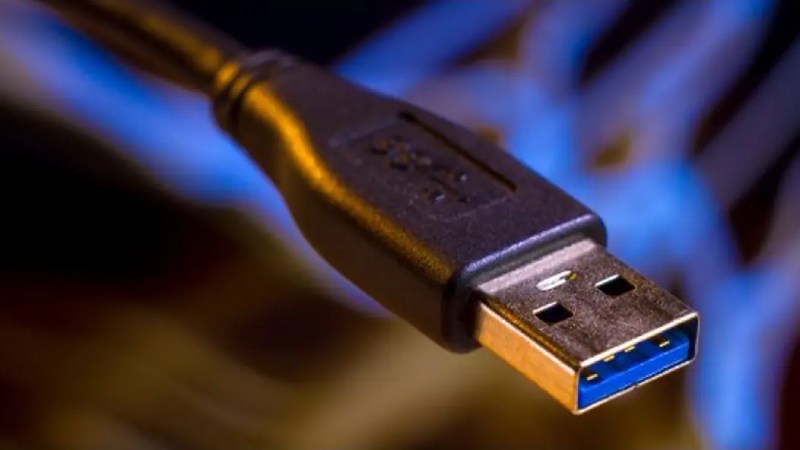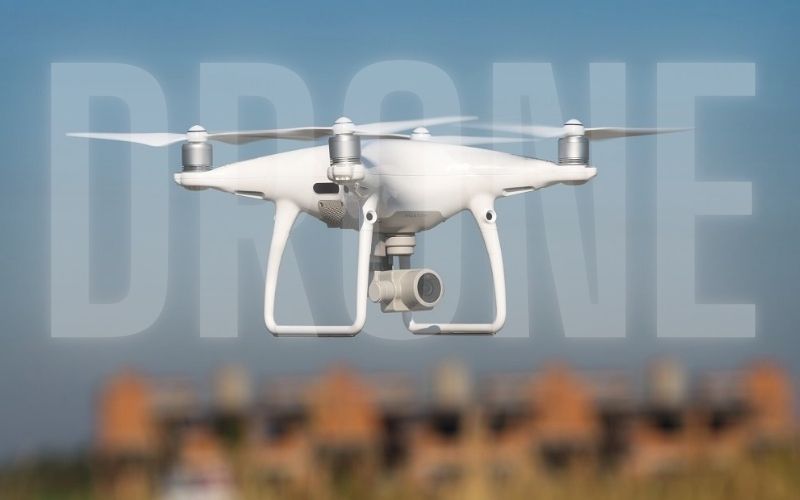USBs continue to be crucial in data storage, transfer, and utilization. But do you understand how various USB types differ? What version of the USB are you using?
After the announcement that the EU Parliament has agreed to implement a universal USB charging cable by 2024, here is all the information you need to know about versions and types of USB.
USB Type V Version
While a USB version refers to the technology employed in the device that permits data transfer, a USB type describes the design of the connector. How quickly data may be sent depends on the USB model.
USB device types
Since the late 1990s, USBs have increased in the workplace. But these little, reasonably priced gadgets are utilized almost daily as organizations and homes rely more and more on technology.
But selecting the right one can be as challenging as untangling a maze of electrical lines.
USB-A
USB The predominant type is type-A. Type-A is the standard, all-purpose connector on almost every PC and laptop. Type-A connectors are commonly seen on TVs, gaming consoles, and media players.
USB-B
Several gadgets, including external hard drives and printers, demand a USB Type-B connection. The Type-B connector comes in two different configurations, which further complicates matters. Some employ the older USB 3.0 and later spec connections, while others use the faster USB 1.1 and 2.0-speed protocols.
USB Type-B
Type Mini-B ports are commonly found in portable electronics such as digital cameras, music players, and mobile phones.
Micro-B USB
Micro-B connectors are frequently found on Android devices and external hard drives and are used with USB 2.0.
USB-C
USB-C cables are becoming widely available as we utilize more and more handheld portable gadgets. The key advantages of Type-C cables are that they are more mobile-friendly and are lighter and thinner than their predecessors.
Type-C connections, which may be used for charging and data transfer, are being incorporated into many gadgets.
version USB
USB 1 – While also referred to as “Full Speed” USB, the USB 1 version’s top speed is only 12Mbps. While these older devices continue to function with modern modems, the megabits per second rate won’t grow.
USB 2 – The USB 2 is a “High Speed” update to the USB 1. 480 Mbps is the maximum transfer rate available to customers. Both modern and vintage gadgets continue to function with USB 2 versions.
USB 3 – This “Super Speed” USB model has a 5Gbps maximum transmission speed.
Generational versions are inside each USB version, such as USB 3.1, 3.2, etc., and each generation delivers more performance.
Also read: Flat and Curved Displays
Also read: Buying Your First Drone



